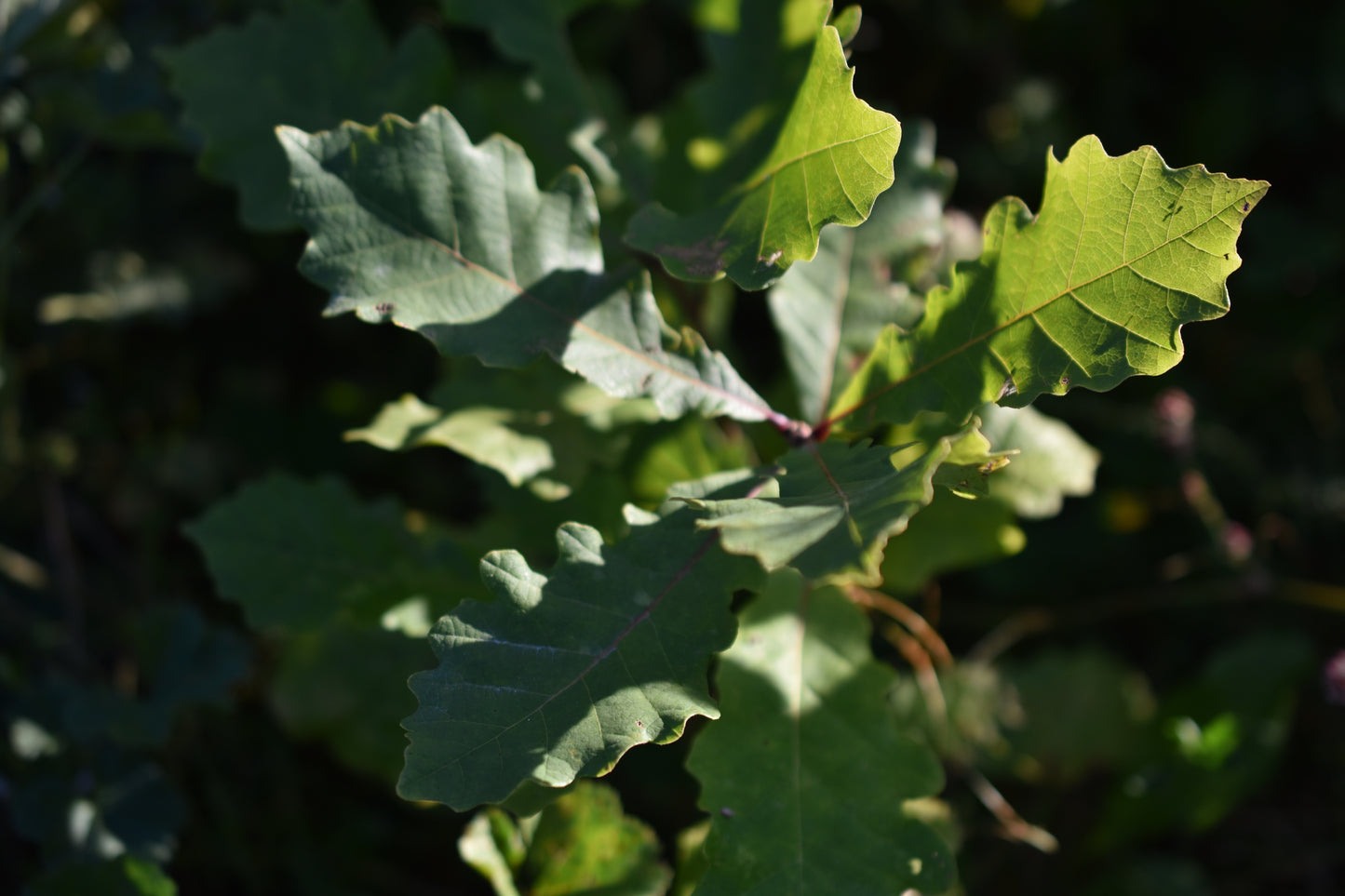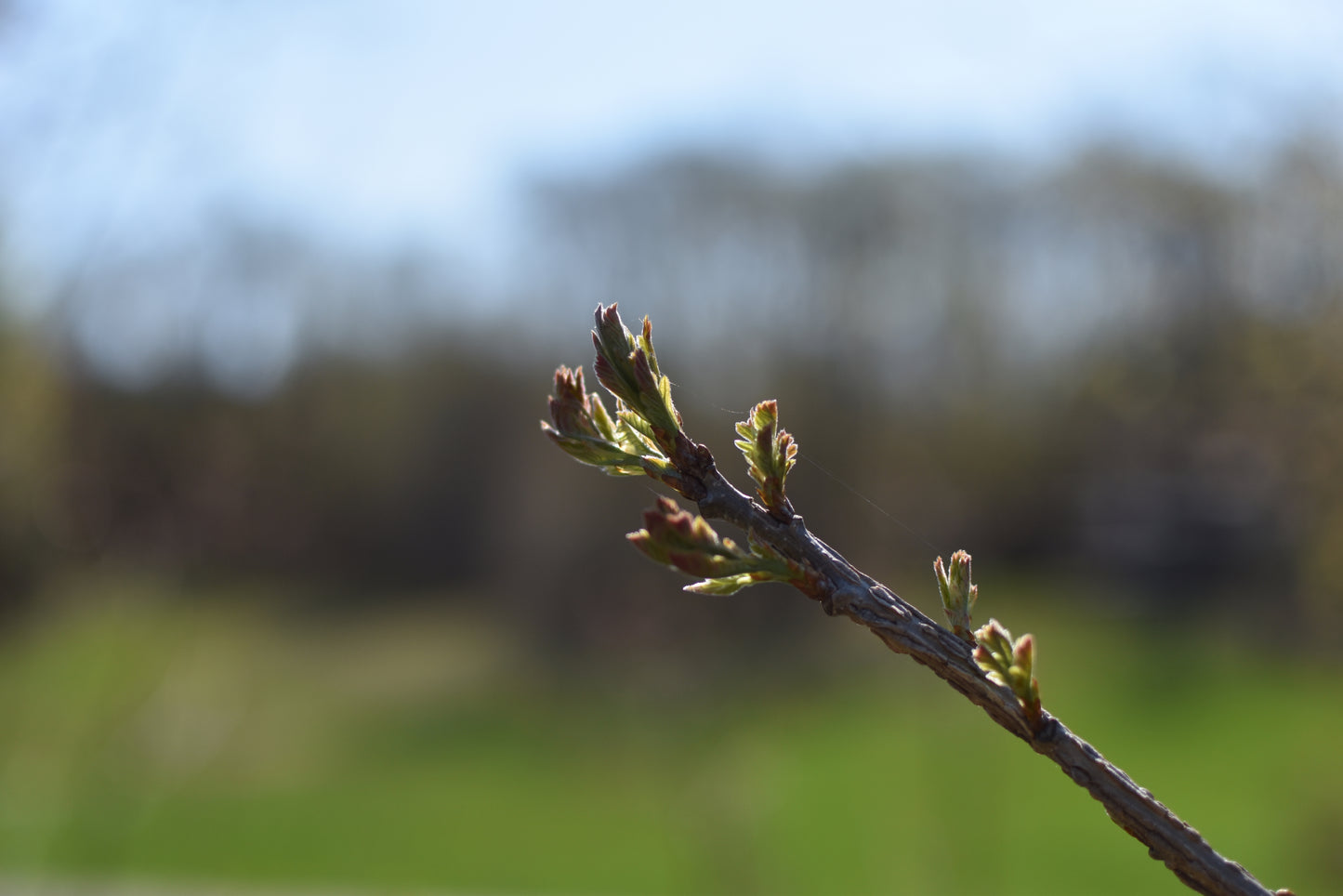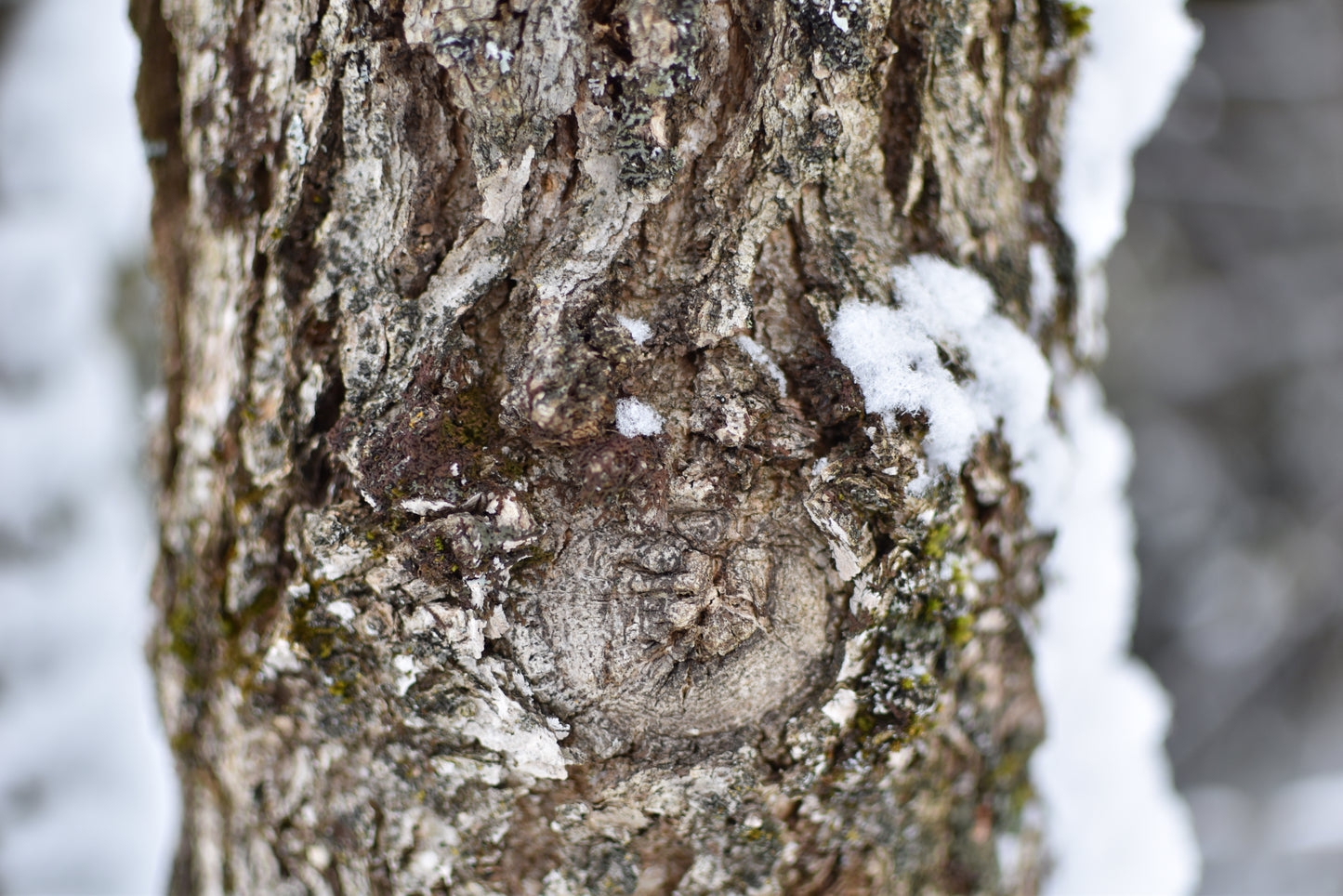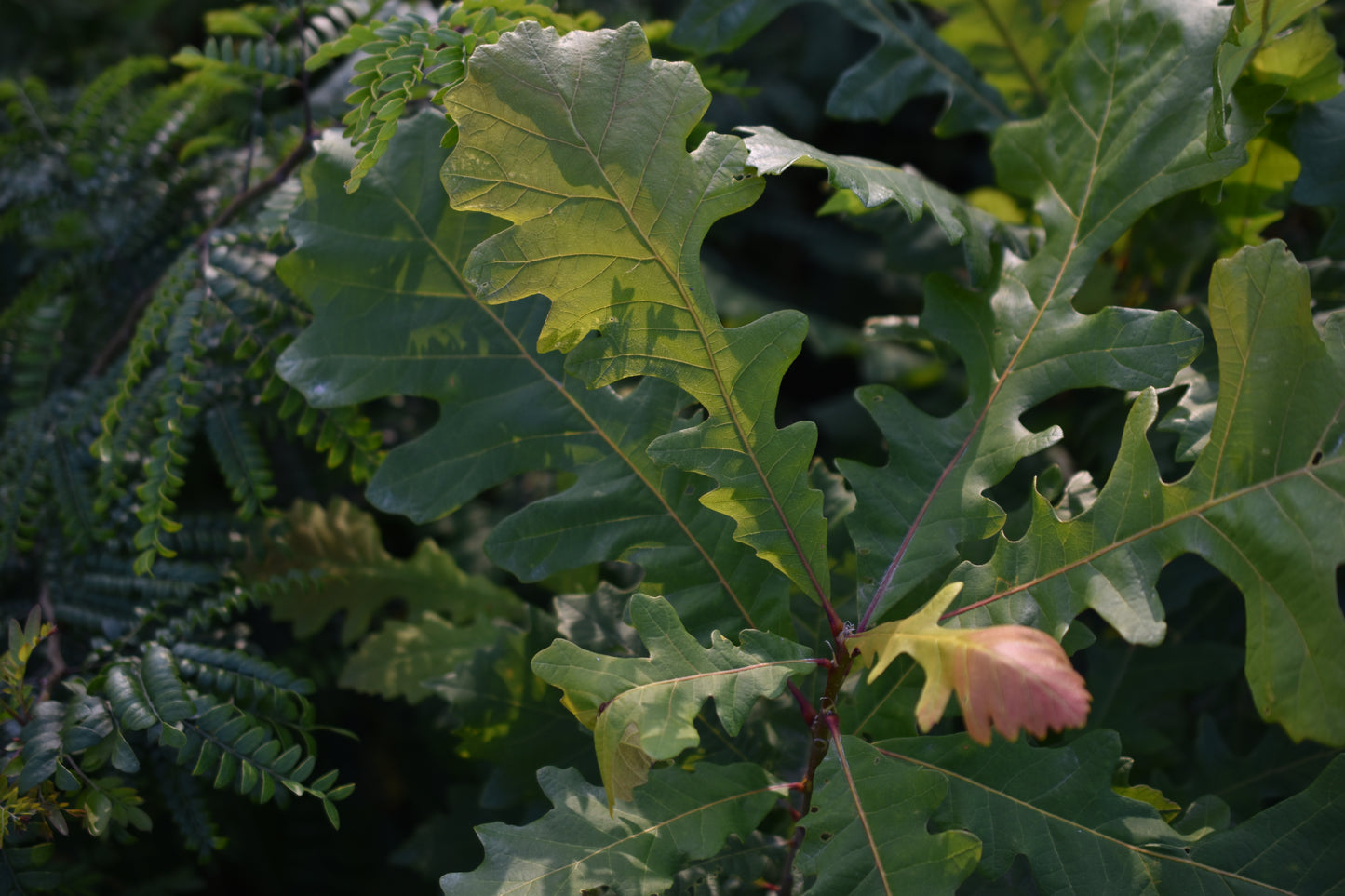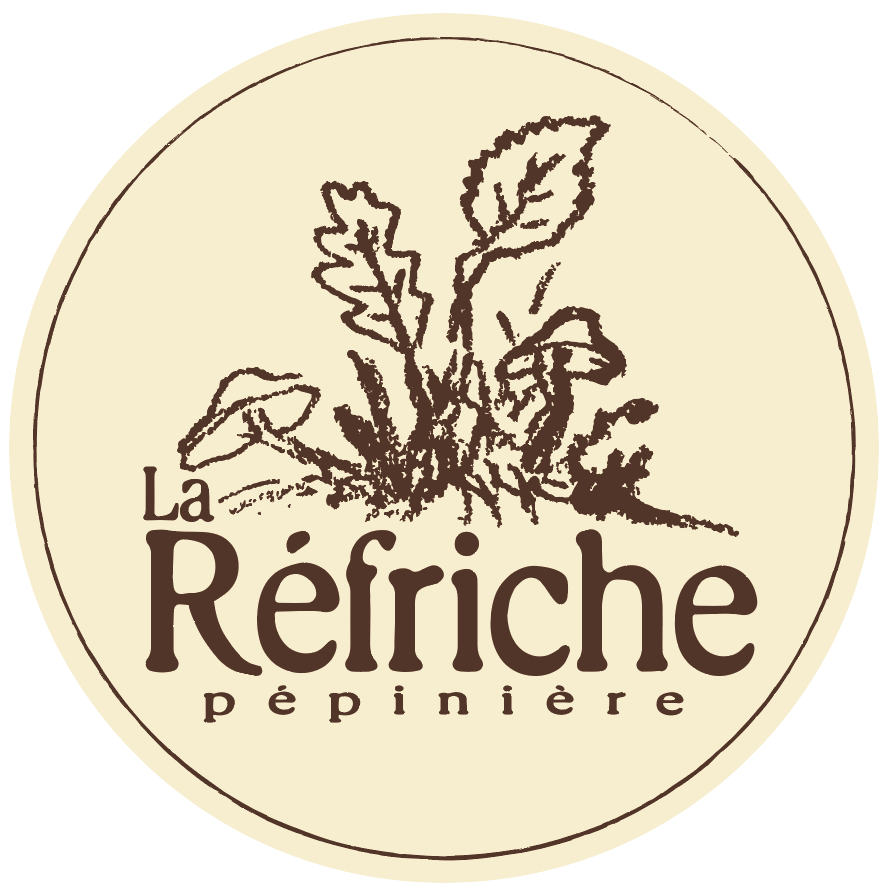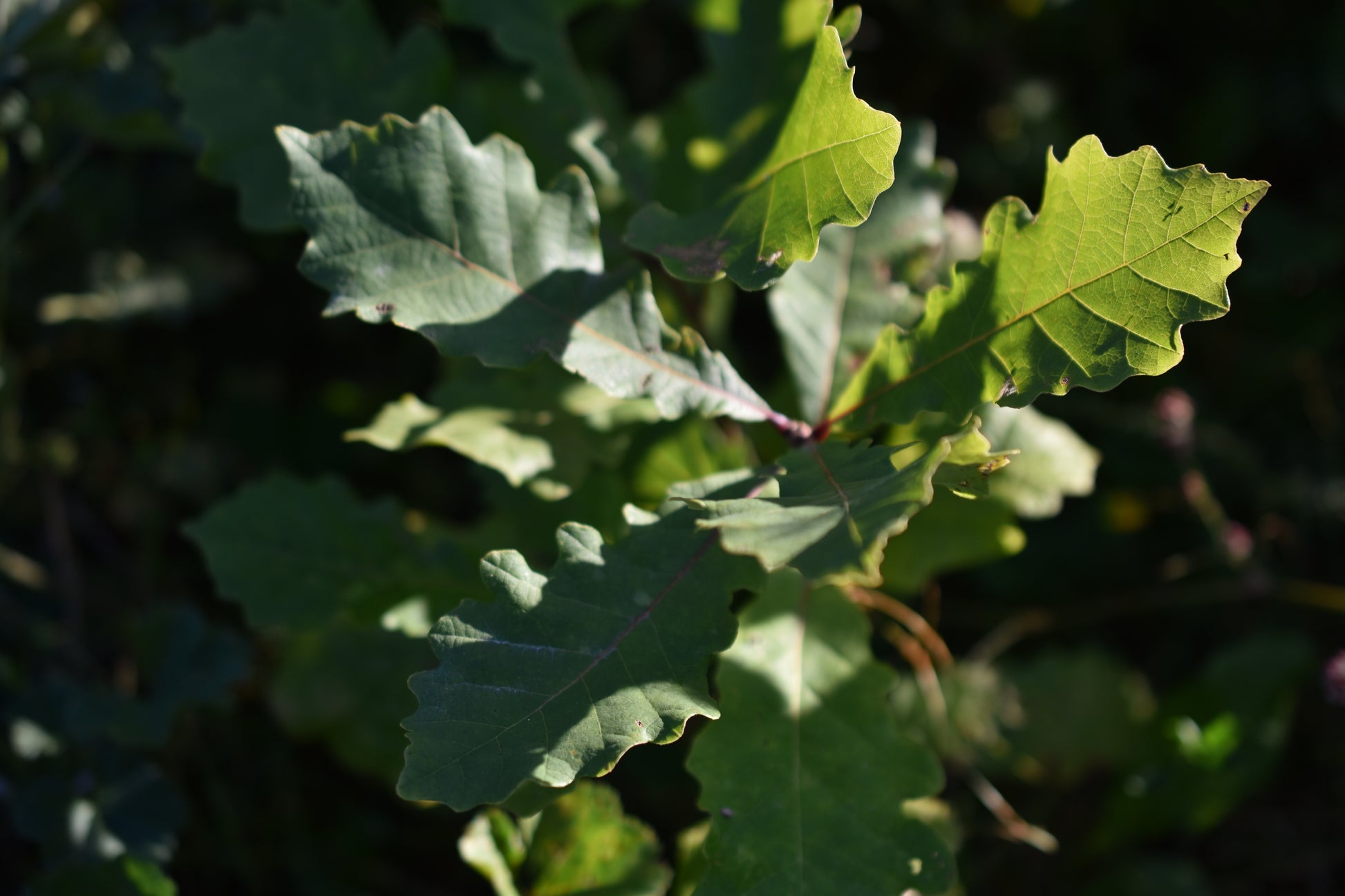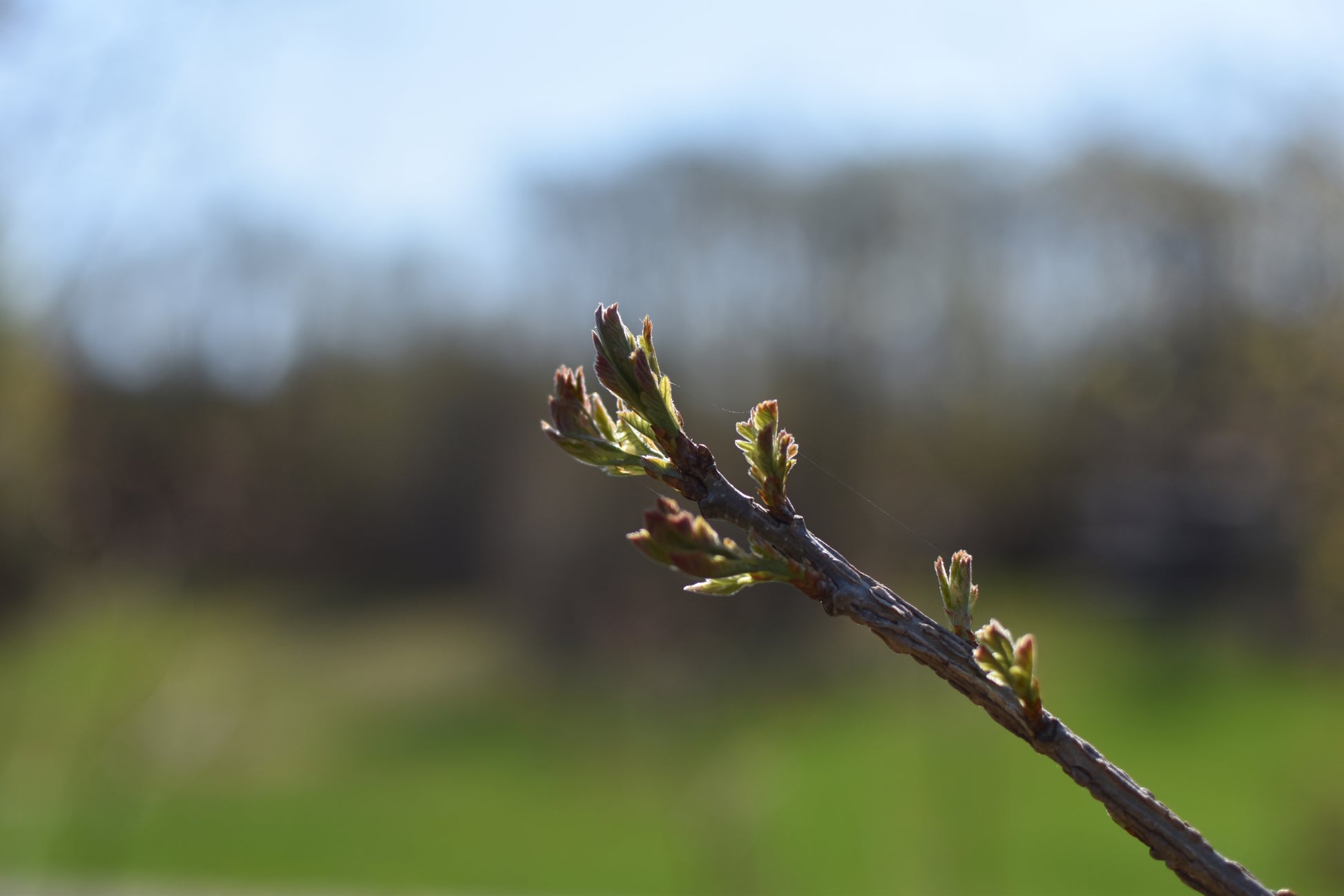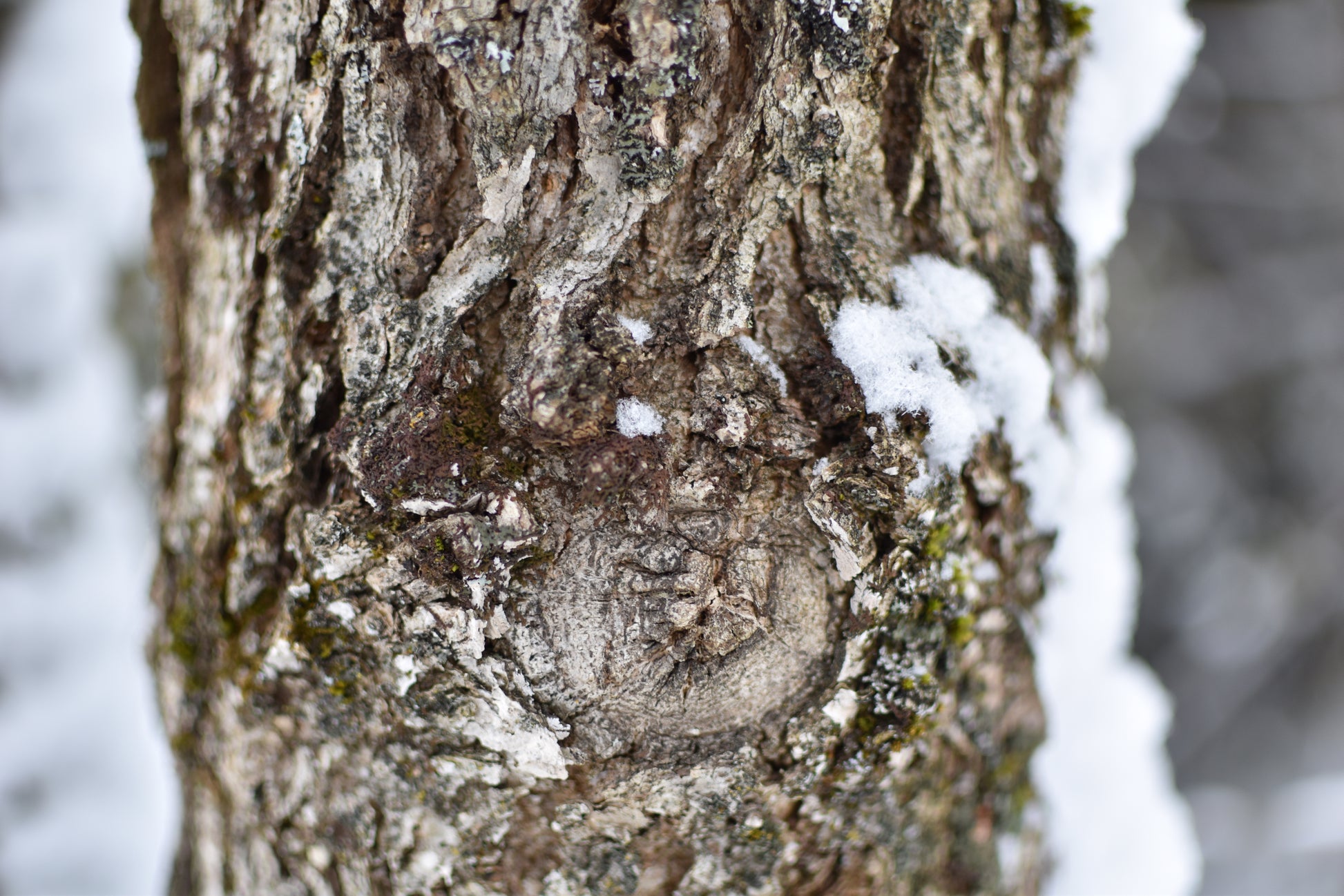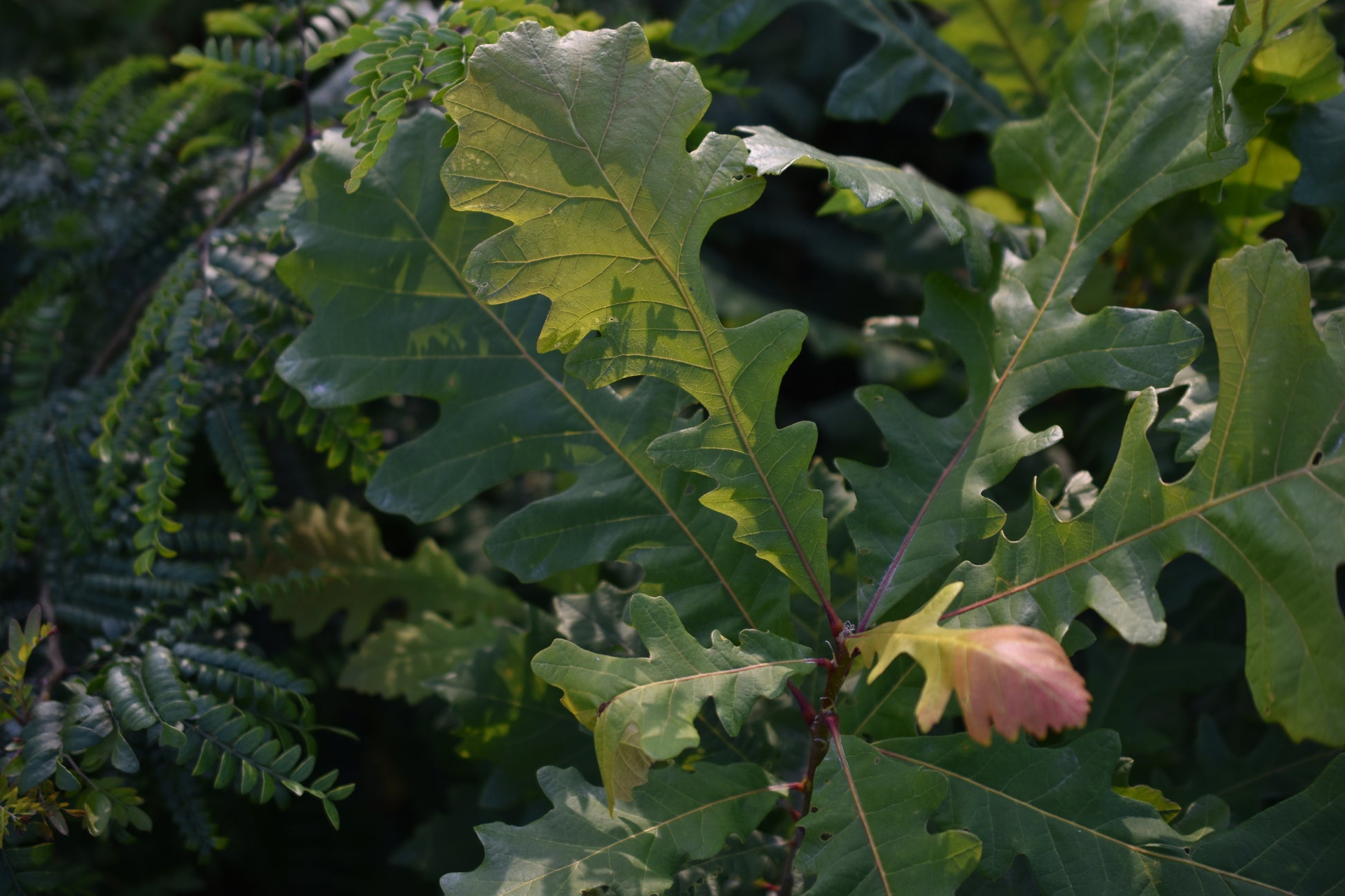Rabais
-
5 arbres = 10%
Entre amis.es c'est toujours mieux !
-
10 arbres = 15%
Amène toute ta famille !
-
25 arbres = 25%
Y'a du monde à messe !
La Réfriche Nursery
Bur Oak (Quercus macrocarpa) - Zone 4
Bur Oak (Quercus macrocarpa) - Zone 4
Couldn't load pickup availability
Quercus macrocarpa - From the sweet acorn family of the white oak, the bur oak, which can live from 200 to 400 years, is known for its ornamental bark, its edible nuts, its quality wood and its hardiness.
Local Selection Our local selection of large-fruited oak includes productive oaks that produce large acorns. Zone 3b and above.
Ashworth (Quercus macrocarpa) Selected by Fred Ashworth in upstate New York, this tree is known for producing acorns with such low tannin content that they are not bitter when eaten raw. Its seedlings may also be low in tannins. Zone 5a and above.
Mid Mo (Quercus macrocarpa) Selected tree by John W. Hershey from mid Missouri. The acorns are as big as a 2$ piece, sweet and very low tannin. Zone 5a and over.
Biotope
Biotope
Wood
Wood
Size and shape
Size and shape
Pollination
Pollination
Source
Source
Share
